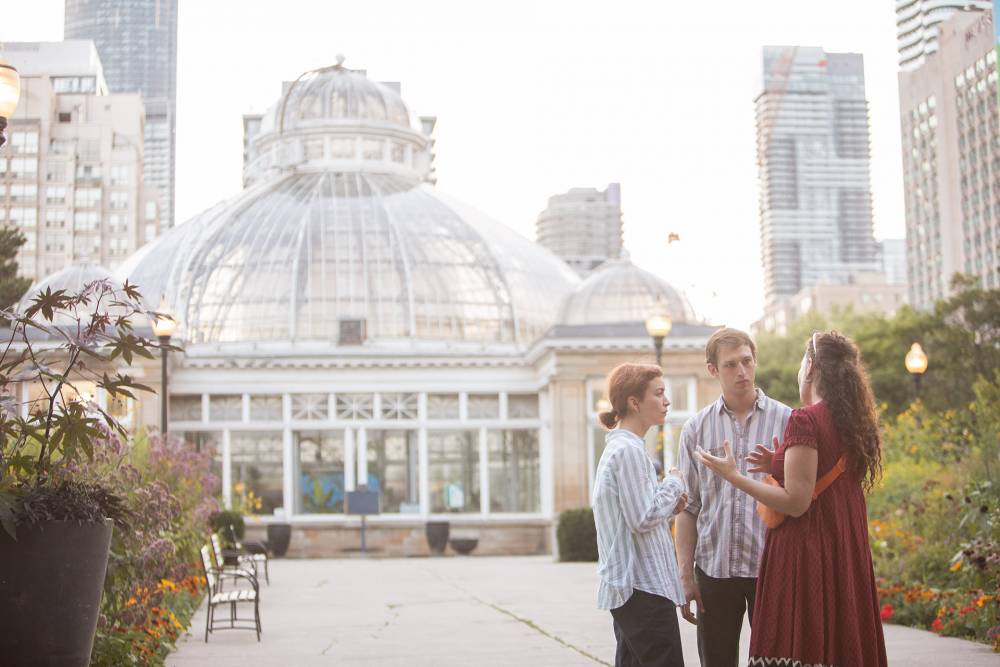A journal for storytelling, arguments, and discovery through tangential conversations.
Monday, July 14, 2025
|
Danny King
The Canadian writer-director Naomi Jaye’s work frequently probes eccentric characters who pursue a peculiar agenda of routinized loneliness. Her first short, the madcap A Dozen for Lulu (2002), uses a stylized soundtrack (blaring alarm clocks, squeaky chairs) and an agile camera to depict two oddballs who share an enthusiasm for sprinkled donuts: a cheery, rollerblade-wearing ballerina who works at a hardware store, and a man in a fur cap who, with academic precision, nails the pastries to his workshop walls. Two of Jaye’s subsequent shorts, both starring the excellent Adrian Griffin, provide more subdued portraits of solitary souls. In The Raindrop Effect (2003), Griffin’s character, outfitted in a frumpy robe and brown loafers, endures the doldrums in his empty home—until he begins to forge a restorative relationship with the rainwater collecting in his leafy backyard. Arrivals (2007), also a single-location piece, deals with a man who perpetually hangs around an airport waiting area, looking on in hushed awe at the hordes of travelers reuniting. Arrivals leaves the reasons for the man’s loitering unstated, but The Raindrop Effect includes a touch more context for the despair. The man in the robe rummages through old crates bearing mementos, toys, and photos of a family at Christmas time. He dons a motorcycle helmet and stares at himself in the mirror—perhaps revisiting a particularly important memory.

Saturday, November 16, 2024
|
Danny King
It’s a testament to Kazik Radwanski’s faculties as a cinematic storyteller that his two most emotionally resonant movies are arguably the ones in which human faces hardly appear. The seven-minute Cutaway (2014) and the 15-minute Scaffold (2017) form a remarkable diptych of psychological implication and physical detail, portraying construction-worker protagonists whose visages remain unseen. Cutaway focuses on its hero’s dirt-caked hands as he grasps various power tools, applies tape to a cut on his palm, and responds to texts from a pregnant friend. Radwanski could have layered an explanatory score over these images, but he sticks to the mundane sounds: the whine of the machinery, the hum of an ultrasound appointment. Scaffold might not deal with a plight as life-altering as this, but in depicting the house renovation work of a pair of recent immigrants to Canada, it reaches similarly insightful heights through its curation of tactile gestures. As the men attend to their duties, peeling away walls and climbing ladders, their chitchat emanates from off-screen. They delicately negotiate their dynamic with the widowed homeowner who hired them, fielding her complaints about dust and weighing whether it’s OK to use her bathroom.
